SpaceX Falcon 9 erect at Cape Canaveral launch pad 40 awaiting launch on Sept 20, 2014 on the CRS-4 mission.
Credit: Ken Kremer – kenkremer.com
Story/launch date/headline updated[/caption]
KENNEDY SPACE CENTER, FL – SpaceX is on the cusp of launching the company’s fourth commercial resupply Dragon spacecraft mission to the International Space Station (ISS) shortly after midnight, Saturday, Sept. 20, 2014, continuing a rapid fire launch pace and carrying NASA’s first research payload – RapidScat – aimed at conducting Earth science from the stations exterior.
Final preparations for the launch are underway right now at the Cape Canaveral launch pad with the stowage of sensitive late load items including a specially designed rodent habitat housing 20 mice.
Update 20 Sept: Poor weather scrubs launch to Sept. 21 at 1:52 a.m.
Fueling of the two stage rocket with liquid oxygen and kerosene propellants commences in the evening prior to launch.
If all goes well, Saturday’s launch of a SpaceX Falcon 9 rocket would be the second in less than two weeks, and the fourth over the past ten weeks. The last Falcon 9 successfully launched the AsiaSat 6 commercial telecom satellite on Sept. 7 – detailed here.
“We are ready to go,” said Hans Koenigsmann, SpaceX vice president of mission assurance, at a media briefing at the Kennedy Space Center today, Sept. 19.
Liftoff of the SpaceX Falcon 9 rocket on the CRS-4 mission bound for the ISS is targeted for an instantaneous window at 2:14 a.m. EDT from Space Launch Complex 40 at Cape Canaveral Air Force Station in Florida at the moment Earth’s rotation puts Cape Canaveral in the flight path of the ISS.

Story/launch date/headline updated
You can watch NASA’s live countdown coverage which begins at 1 a.m. on NASA Television and NASA’s Launch Blog: http://www.nasa.gov/multimedia/nasatv/
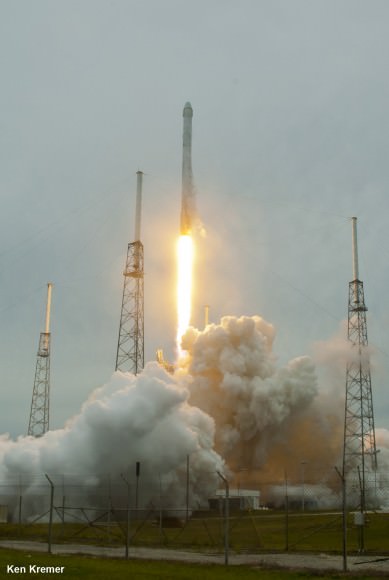
The weather forecast is marginal at 50/50 with rain showers and thick clouds as the primary concerns currently impacting the launch site.
The Dragon spacecraft is loaded with more than 5,000 pounds of science experiments, spare parts, crew provisions, food, clothing and supplies to the six person crews living and working aboard the ISS soaring in low Earth orbit under NASA’s Commercial Resupply Services (CRS) contract.
The CRS-4 missions marks the start of a new era in Earth science. The truck of the Dragon is loaded Dragon with the $30 Million ISS-Rapid Scatterometer to monitor ocean surface wind speed and direction.
RapidScat is NASA’s first research payload aimed at conducting Earth science from the stations exterior. The stations robot arm will pluck RapidScat out of the truck and attach it to an Earth-facing point on the exterior trusswork of ESA’s Columbus science module.
Dragon will also carry the first 3-D printer to space for studies by the astronaut crews over at least two years.
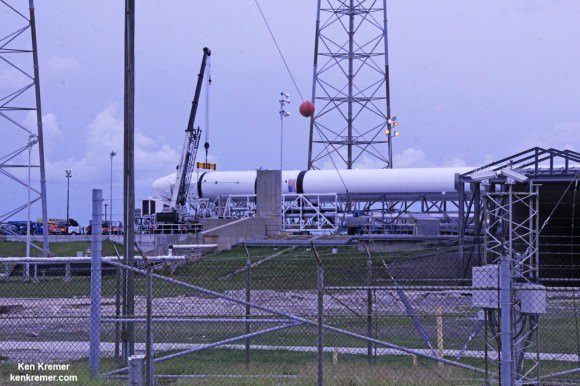
The science experiments and technology demonstrations alone amount too over 1644 pounds (746 kg) and will support 255 science and research investigations that will occur during the station’s Expeditions 41 and 42 for US investigations as well as for JAXA and ESA.
“This flight shows the breadth of ISS as a research platform, and we’re seeing the maturity of ISS for that,” NASA Chief Scientist Ellen Stofan said during a prelaunch news conference held today, Friday, Sept. 19 at NASA’s Kennedy Space Center.
After a two day chase, Dragon will be grappled and berth at an Earth-facing port on the stations Harmony module.
The Space CRS-4 mission marks the company’s fourth resupply mission to the ISS under a $1.6 Billion contract with NASA to deliver 20,000 kg (44,000 pounds) of cargo to the ISS during a dozen Dragon cargo spacecraft flights through 2016.
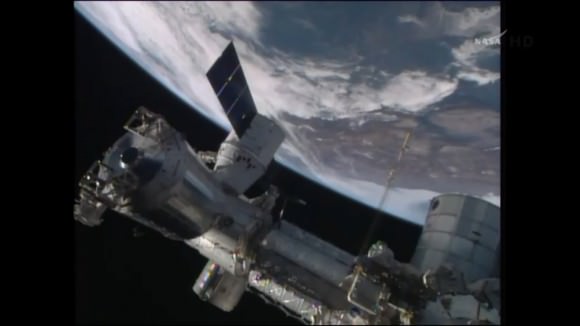
This week, SpaceX was also awarded a NASA contact to build a manned version of the Dragon dubbed V2 that will ferry astronauts crews to the ISS starting as soon as 2017.
NASA also awarded a second contact to Boeing to develop the CST-100 astronaut ‘space taxi’ to end the nation’s sole source reliance on Russia for astronaut launches in 2017.
Dragon V2 will launch on the same version of the Falcon 9 launching this cargo Dragon
Stay tuned here for Ken’s continuing SpaceX, Boeing, Sierra Nevada, Orbital Sciences, commercial space, Orion, Mars rover, MAVEN, MOM and more planetary and human spaceflight news.
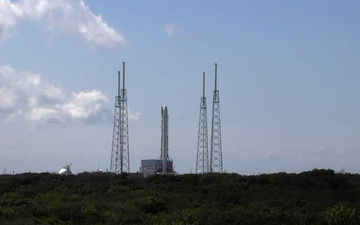

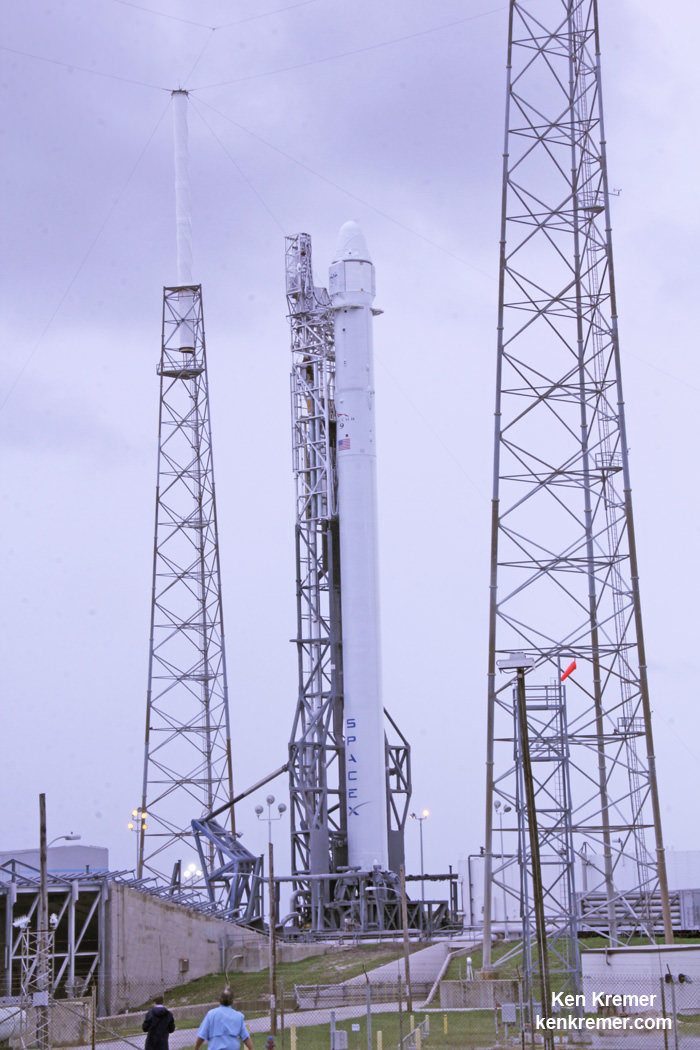
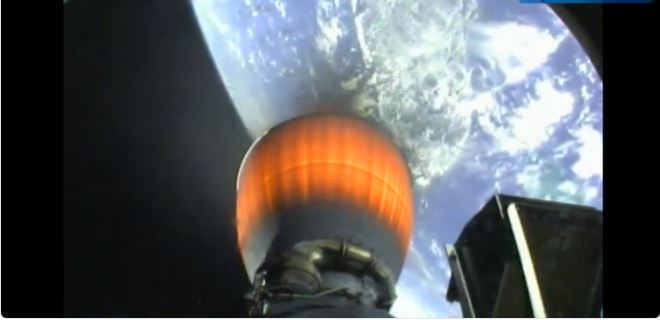
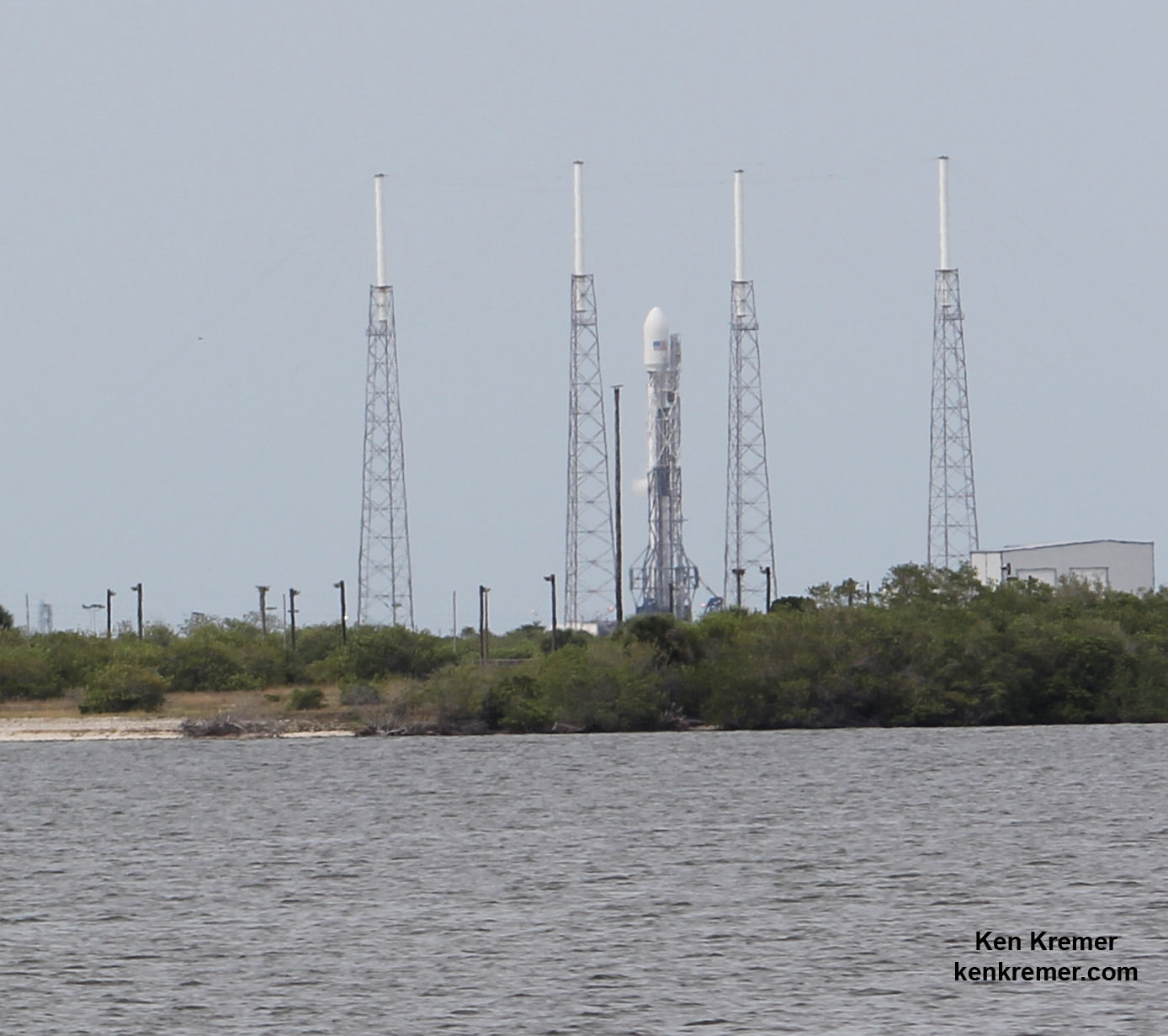
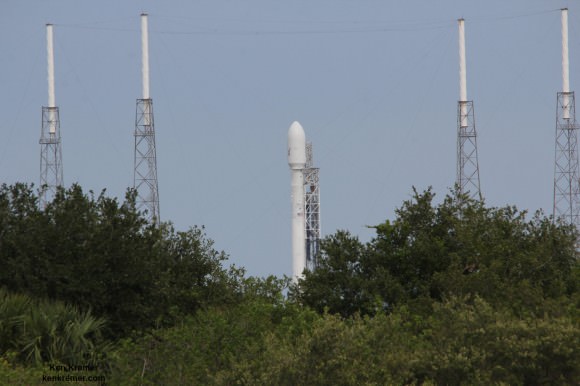
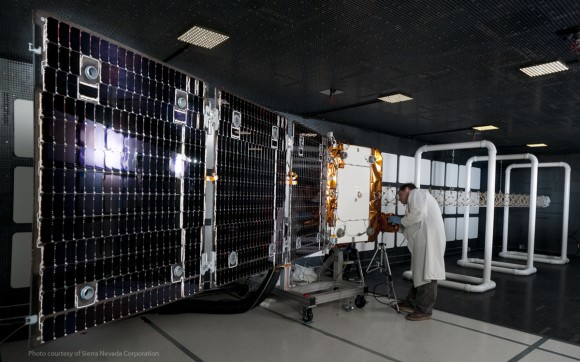
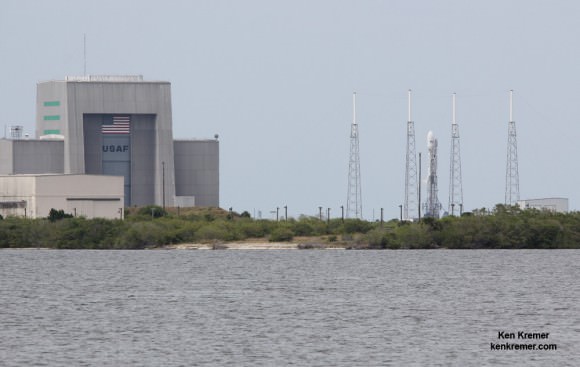
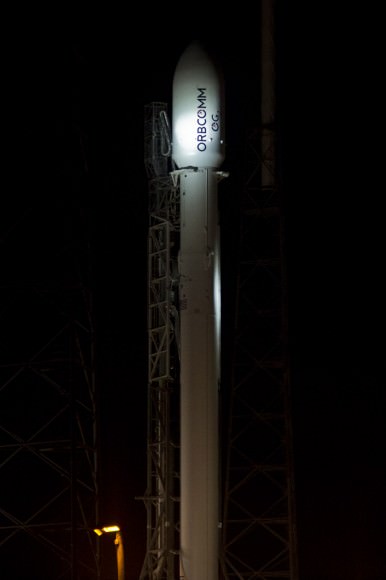
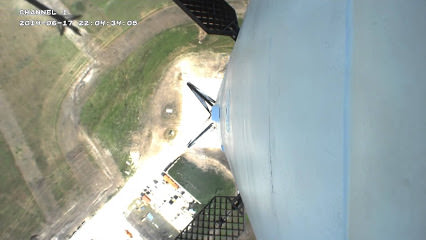

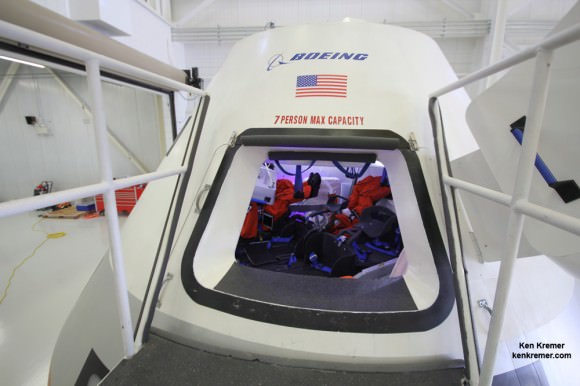
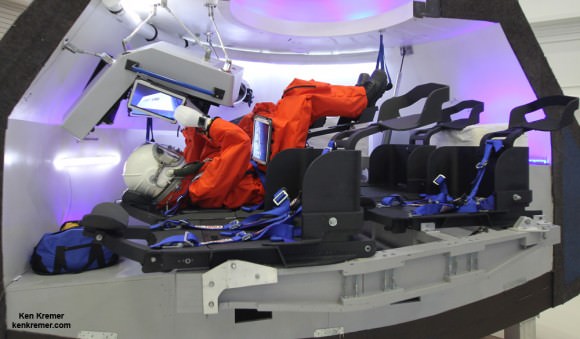
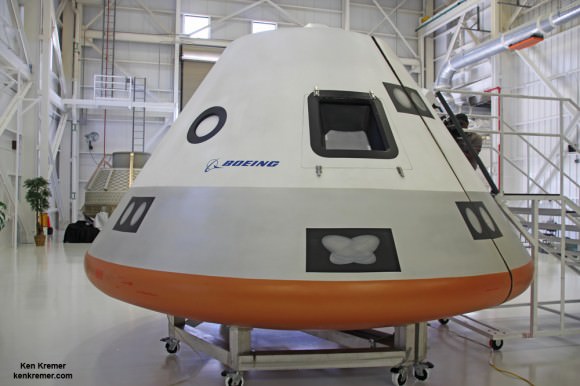
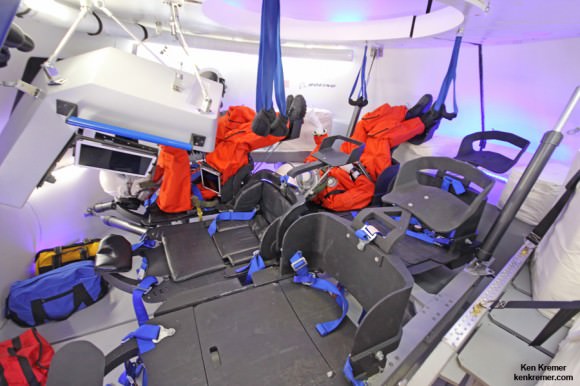
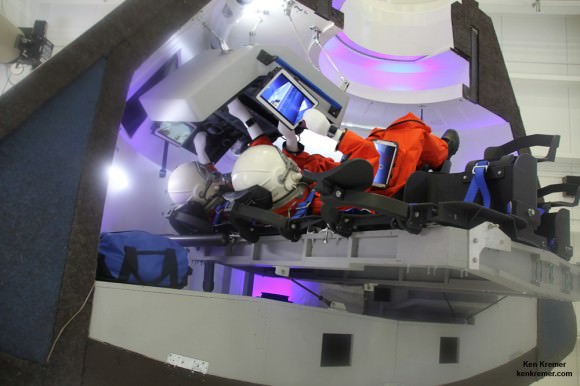
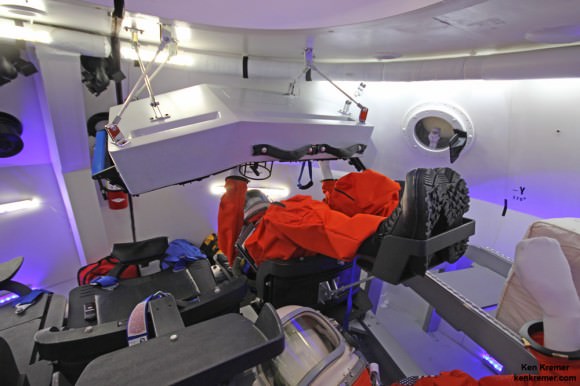
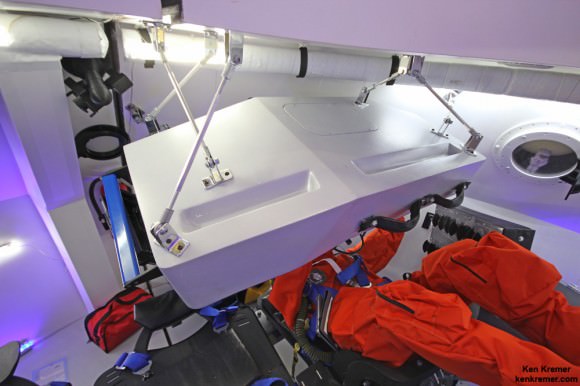
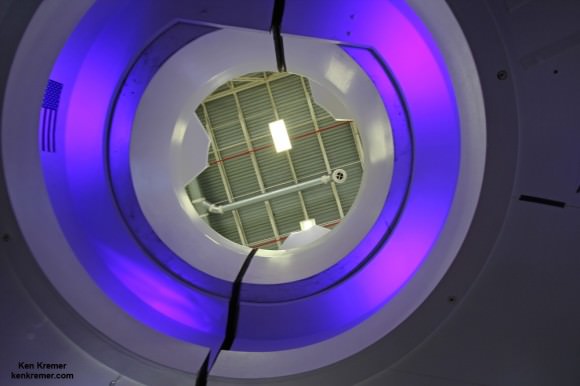
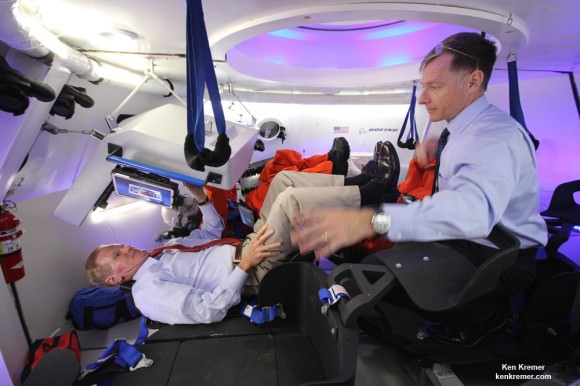
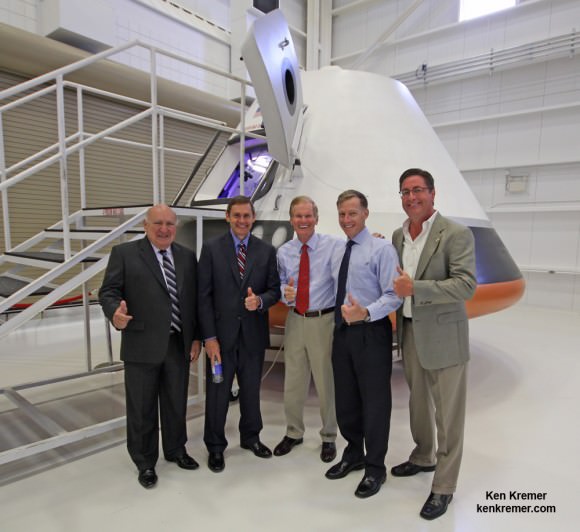
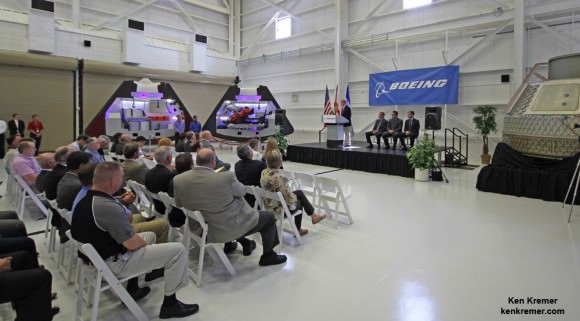
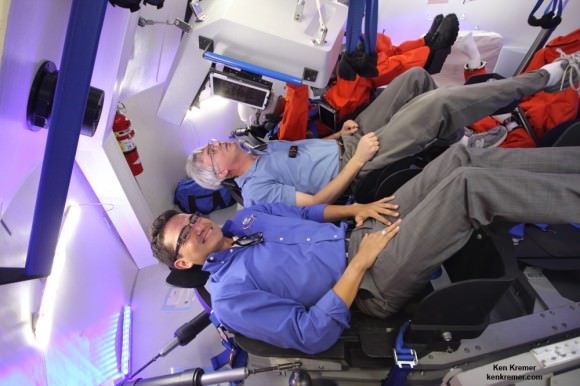
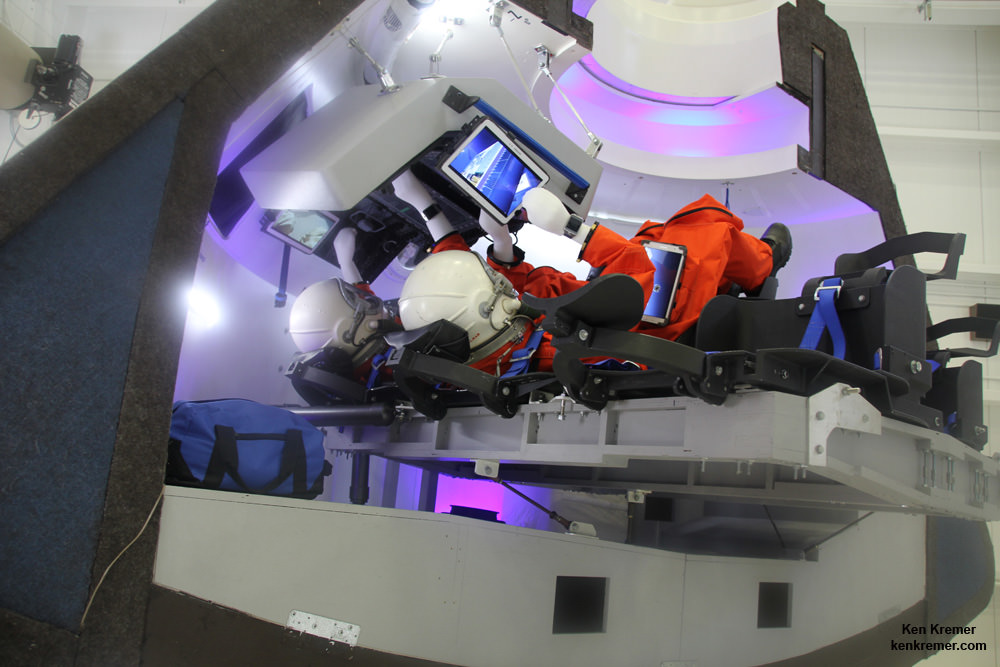
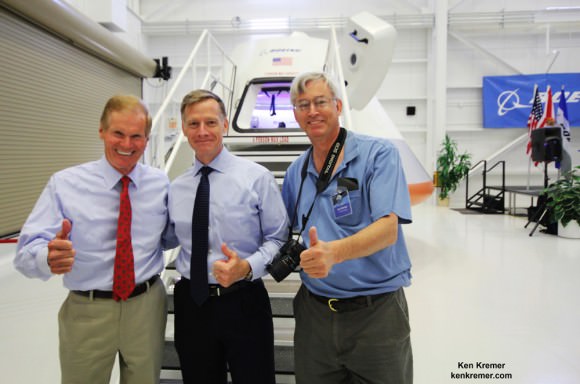
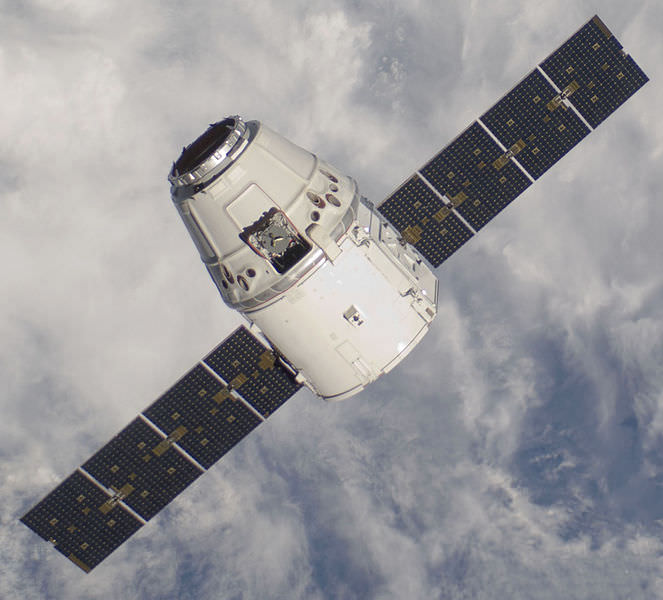

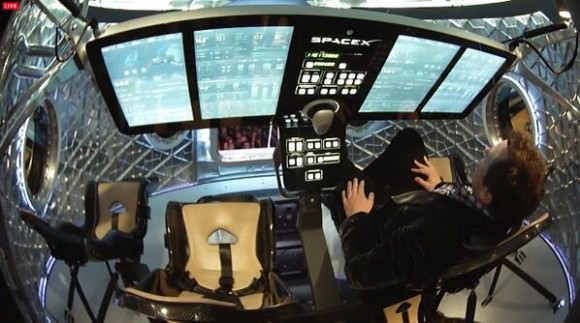
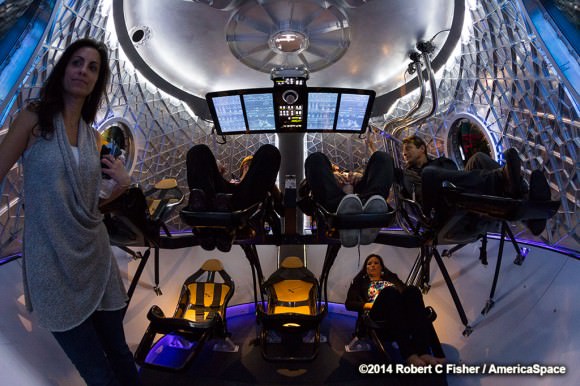
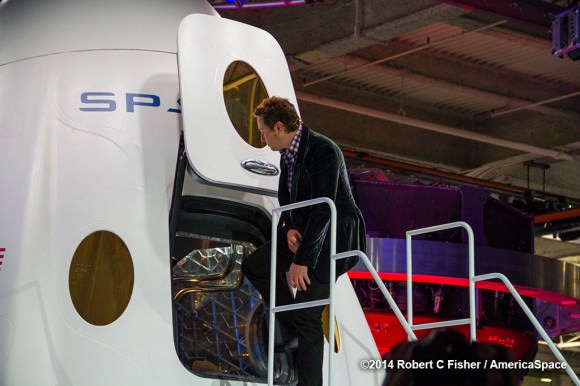
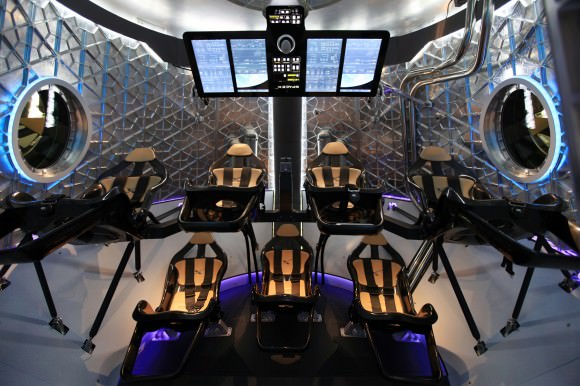
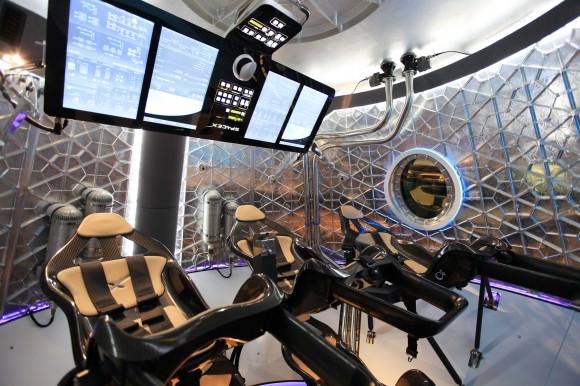
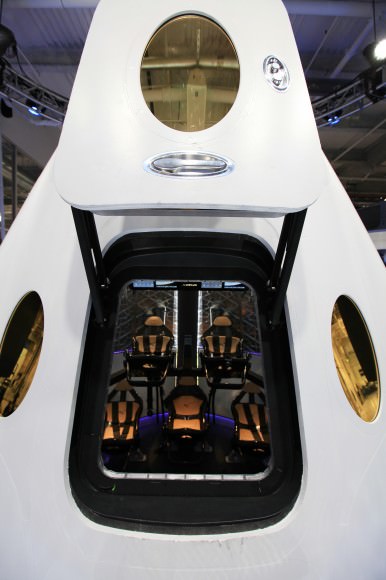
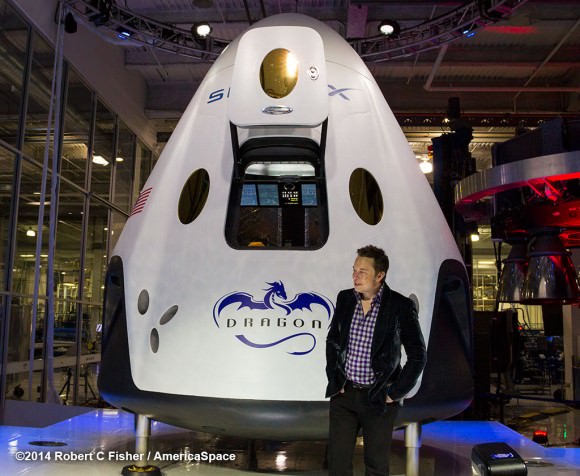

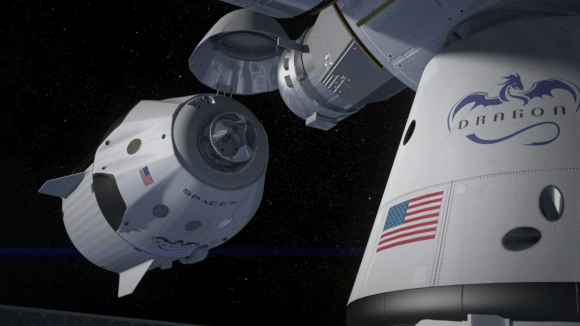
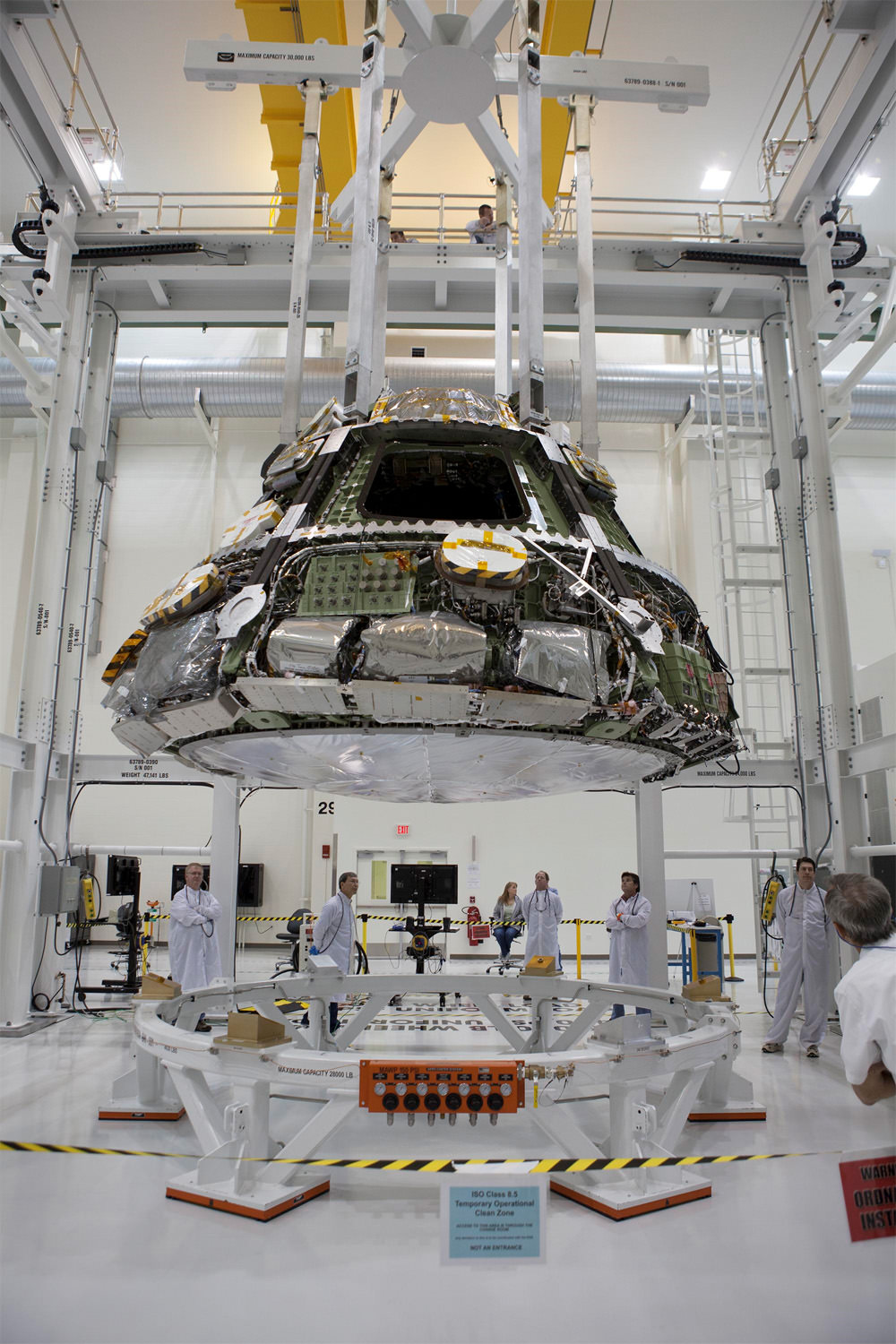
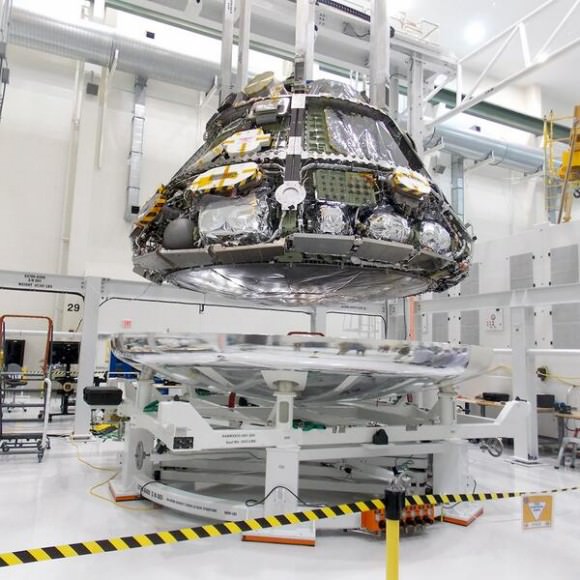
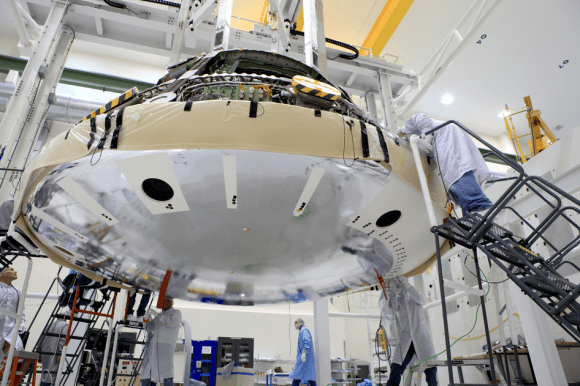
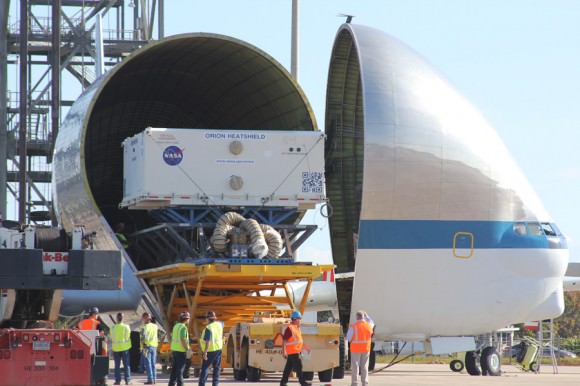
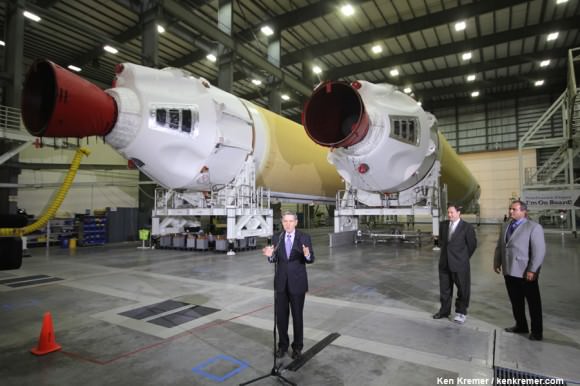
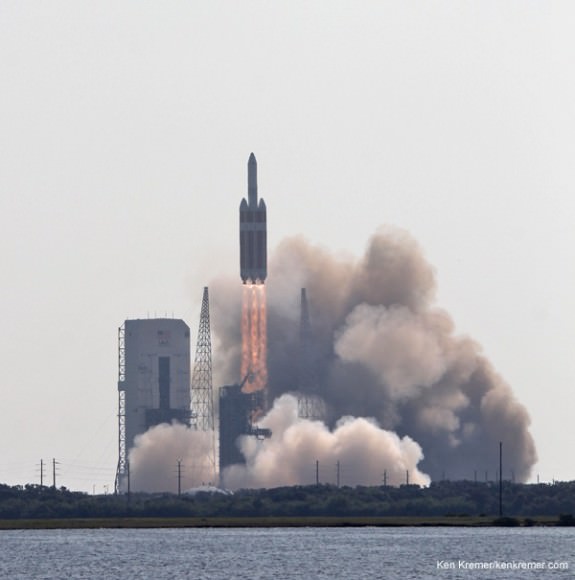 Delta 4 Heavy rocket and super secret US spy satellite roar off Pad 37 on June 29, 2012 from Cape Canaveral, Florida. NASA’s Orion EFT-1 capsule will blastoff atop a similar Delta 4 Heavy Booster in December 2014. Credit: Ken Kremer- kenkremer.com[/caption]
Delta 4 Heavy rocket and super secret US spy satellite roar off Pad 37 on June 29, 2012 from Cape Canaveral, Florida. NASA’s Orion EFT-1 capsule will blastoff atop a similar Delta 4 Heavy Booster in December 2014. Credit: Ken Kremer- kenkremer.com[/caption]